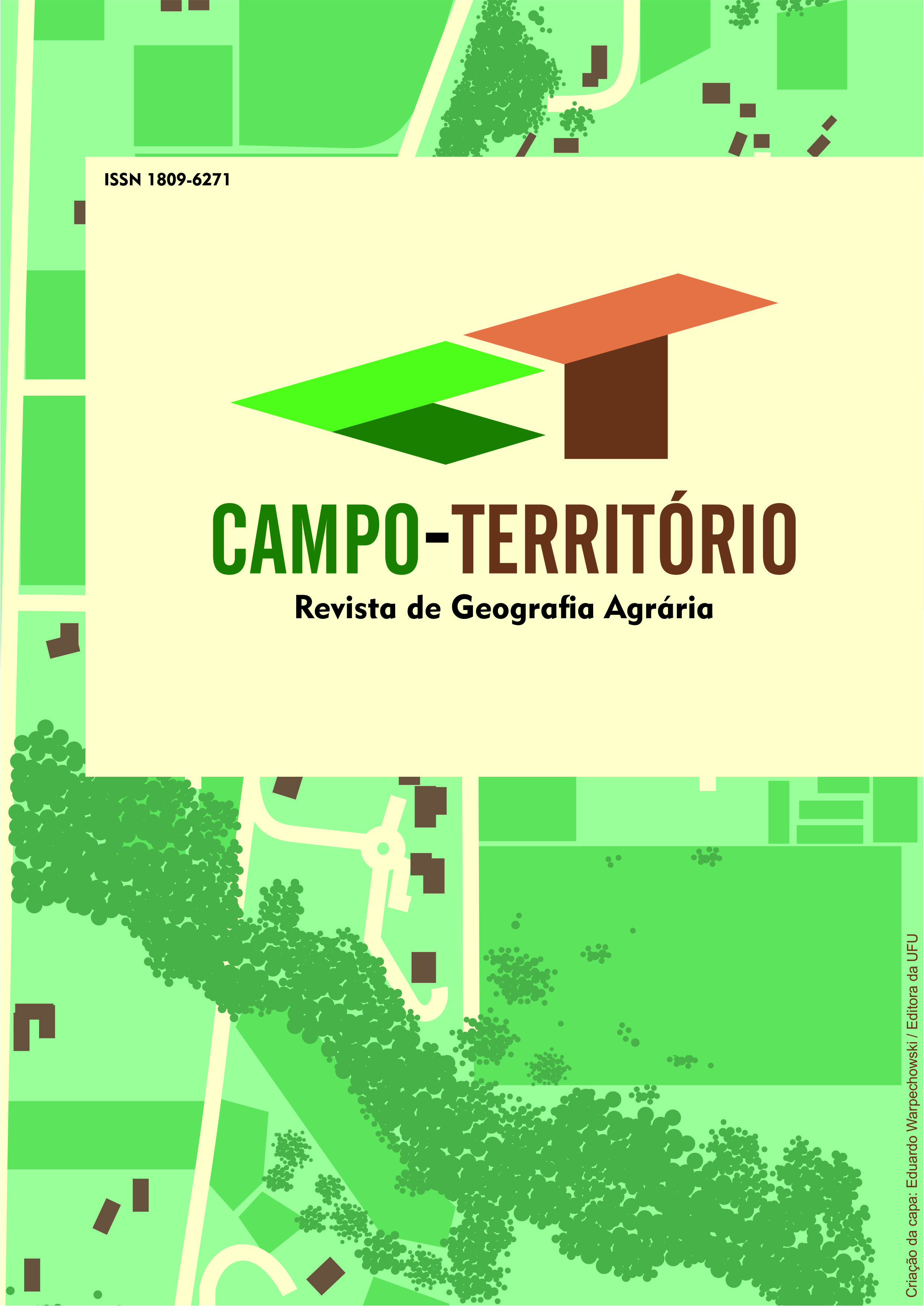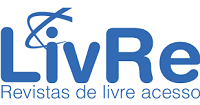Socioeconomic characterization of family farming of the Hortifruits Association de Mirassol D'oeste, Mato Grosso, Brazil
DOI:
https://doi.org/10.14393/RCT174867579Keywords:
Rural development, Free fairs, Public policy, Rural familiesAbstract
The relevance of family farming to the socioeconomic scenario is unquestionable, however, there are limitations that hinder its development. The objective of the article is to characterize the socioeconomic aspects of family farming of the Associação de Hortifrutigranjeiros in the Brazilian municipality of Mirassol D'Oeste, state of Mato Grosso, linked to the perspective of rural development. The study started from the review of the state of the art, examen of secondary data and documents, and in the case study from semi-structured interviews with 26 farmers related to the Association. Qualitative techniques, from content analysis, and quantitative, based on descriptive statistics, were combined. The farming studied is heterogeneous in terms of the family’s historical context, who migrated from different territories to Mirassol D'Oeste, giving a "new beginning to life" from rurality and the constitution of social and/or matrimonial ties. The age profile is characterized as an adult, heading towards rural aging, which will most likely affect family succession. Some indications of a “rural masculinization” were found, with women being responsible for “lighter” activities and household chores. Access to policies is limited, the level of education is low, as well as family income, essentially from agriculture, but with a contribution from the women's workforce as a housemaid. There was a productive diversification and commercial insertion from free fairs. The analysis allows us to discuss public policies that could be designed considering the particularities of the territory, reconciling a design that promotes the rural development of family farming.
Downloads
Downloads
Published
How to Cite
Issue
Section
License
Copyright (c) 2023 Revista Campo-Território

This work is licensed under a Creative Commons Attribution-NonCommercial-NoDerivatives 4.0 International License.































